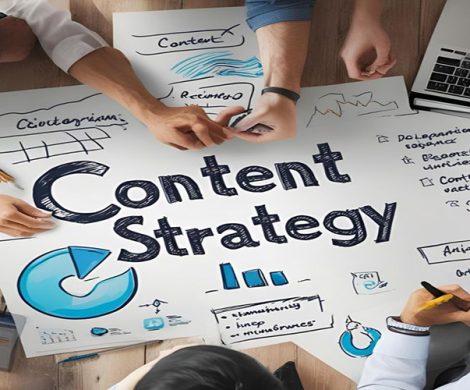Determining the best social media platform for promoting educational content involves considering several factors

Determining the best social media platform for promoting educational content involves considering several factors, including your target audience, the type of content you wish to share, and the platform’s unique features that align with your educational goals. Based on the insights from the provided sources, here’s a comprehensive guide to help you make an informed decision:
Understand Your Audience
First, identify your primary audience. Are they young students, parents, educators, or a mix of these groups? Different platforms cater to different demographics and interest areas. For instance, Instagram targets younger demographics and is excellent for visual content, while Facebook has a wide reach and is suitable for a broad audience, including parents and educators
Platform Features and Capabilities
Each platform offers unique features that can enhance the delivery and engagement of your educational content:
– Instagram: Ideal for visual content, including photos and videos of school activities, student achievements, and classroom projects. Its features like Stories, Highlights, IGTV, and Reels offer various ways to engage your audience creatively
– Pinterest: Perfect for sharing educational resources, lesson plans, and classroom activities. It fosters a sense of community and allows for the organization of content into thematic boards, making it a valuable resource-sharing platform
– Facebook: Offers extensive reach and facilitates communication and interaction through posts, comments, and groups. It’s efficient for sharing updates, announcements, and academic achievements. Facebook’s targeted advertising capabilities can help reach specific demographics
– Twitter: Useful for quick updates, news, and events. It connects with parents, students, and the wider community and provides professional development opportunities for educators
Engagement and Interaction
Consider the level of engagement and interaction you want to foster with your audience. Platforms like Instagram and Facebook excel in this area, allowing for real-time interactions through comments, messages, and group discussions. Pinterest, while less interactive, is excellent for sharing and discovering educational resources
Analyzing Performance and Adjusting Strategy
Use analytics tools available on each platform to monitor the performance of your content. This data can help you understand what resonates with your audience and adjust your strategy accordingly. For example, Facebook Insights provides valuable data on post performance and audience preferences
Balancing Multiple Platforms
Deciding on the number of platforms to use depends on your capacity to manage them effectively. Too many platforms can dilute your efforts, while too few may limit your reach. Choose platforms based on where your audience spends time and where you can deliver value consistently
Conclusion
Choosing the best social media platform for promoting educational content involves understanding your audience, leveraging the unique features of each platform, prioritizing engagement and interaction, and analyzing performance to refine your strategy. By carefully selecting the right platforms and tailoring your content to meet the needs and interests of your audience, you can effectively promote educational content and engage with your community





